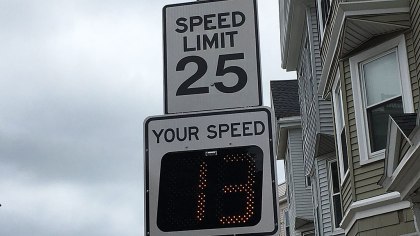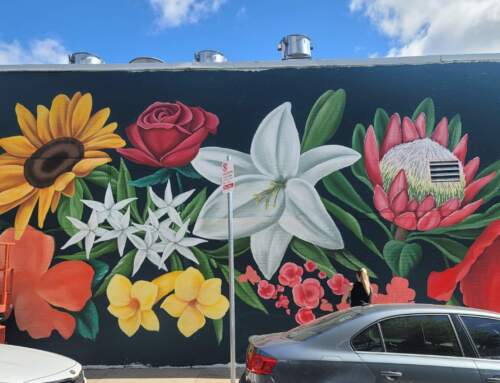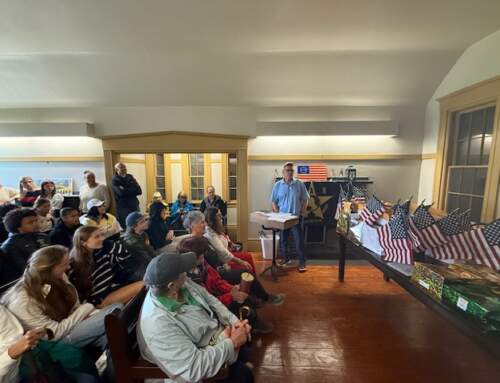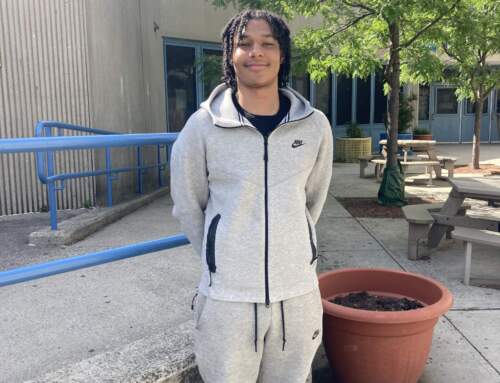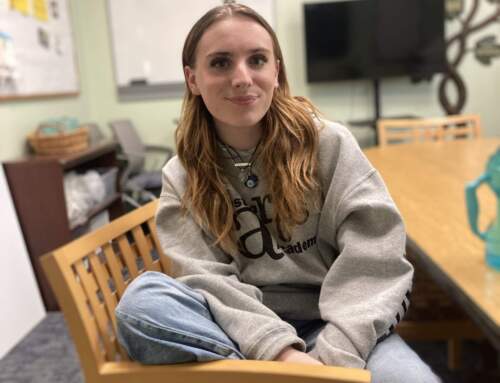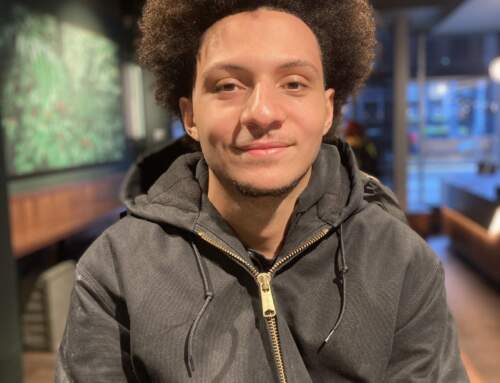By Tara Kerrigan Hayes
The familiar sounds of screeching tires and tearing metal rang through the neighborhood yet again last week, at the corner of L and East 6th. While no injuries were sustained in this particular crash, it was another stark reminder that this notoriously dangerous intersection is still exactly that – dangerous.
Local residents continue to express concerns for their safety ten months after the fatal accident that claimed the life of 2-year-old Colin McGrath and injured his 4-year-old sister, Sloane.
“People are racing from the light at L and 8th to make the light at L and 5th, and vice versa”, says a local resident, (who prefers to remain anonymous), who narrowly escaped being struck by a car at the same intersection precisely one month prior to Colin’s death. The resident suffered facial lacerations when the side mirror snapped off of an out of control vehicle as it wrapped around a telephone pole, then went crashing into her childhood home, causing structural damage.
“When we asked why the city won’t put a set of lights at that corner, we were told it would impact the flow of traffic, and that the expert solution was daylighting”, she says. “It was always my understanding that human life should take precedence over traffic flow, and not the other way around”.
Daylighting, in this case, consists of white safety pylons that seemingly have done precious little to prevent accidents and in fact, some say, may cause more harm than good. “I’ve noticed drivers now pull out even further to look for oncoming traffic, and not any slower than before”, says another local neighbor. The pylons have also eradicated much-needed parking spots in the congested area affecting not only residents, but also local businesses with customers and employees in need of places to park.
The consensus from the community is that the safety measures taken are simply not enough. That the painted yield lines and warning lights will do little to prevent future accidents, and that the placement of the speed bump in the middle of E. 6th between K and L is as confusing as it is useless.
The community was back on high alert less than two months after the McGrath accident when a jeep was struck by another car and flipped onto it’s side, despite an electronic speed sign being installed a month prior.
Considering speed was reported to have been a non-factor in the jeep crash, and visual obstruction a non-factor in the McGrath accident, (it was street cleaning that day, therefore no parked cars), it would seem obvious that pylons and unenforced speed limits are not the solution to such a perilous intersection in one of Boston’s most heavily trafficked areas. Yet the continued outcry from the community requesting a traffic light (or at least a four way stop sign) has continued to go unheeded.
Some residents are so concerned for their children’s safety that they simply circumvent the area altogether. “I have a 21 month old and I’ll drive the long way around to avoid that intersection”, says local neighbor, Jo Moynihan, “and I’m not the only one”.
While L and E. 6th is certainly not the only dangerous intersection in South Boston, this one in particular has been flagged for many years as a major cause for alarm. In the past two years alone there have been over twenty accidents and as that number continues to climb, it begs the question: if the tragic fatality of one of our community’s children wasn’t the catalyst for appropriate action, what will it take?
